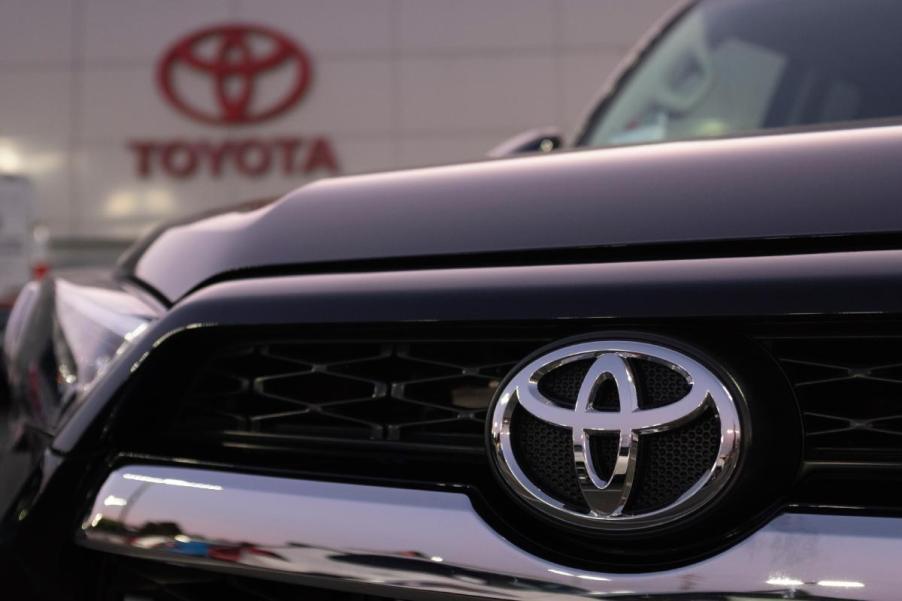
The Truth About the Toyota 4Runner’s V8 Problems
Currently, Toyota only offers the 4Runner with a V6. But the 4th-gen 2003-2009 Toyota 4Runner also offered a poerful V8 engine. The 4th-gen Toyota 4Runner has had some notable issues, rusting frames being particularly egregious, but the later 2007-2009 models are just as off-road-capable as new 4Runners. YouTube team Throttle House called the 4th-gen 4Runner’s V8 one of Toyota’s most reliable engines—but is it really?
Why the 2003-2009 Toyota 4Runner V8 can be problematic
The 4th-gen 4Runner’s 4.7-liter V8 wasn’t a model-exclusive engine. The engine was also used in the Tundra, Land Cruiser, and Sequoia. And while it has a fairly sterling reputation, its one fault is cracking its exhaust manifold.
The issue, according to Canadian Gearhead and CarSpec, is with the 4.7-liter V8’s catalytic converters. Catalytic converters need to be warmed up properly in order to lower emissions. So, as 4Runner owner forum users explain, to help the V8 comply with emissions standards during cold starts, Toyota incorporated a secondary converter into the exhaust manifold.
However, this design forced engineers to make the metal there thin. Thus, as the metal heats and cools, it expands and shrinks, eventually cracking. This causes a leak and catalytic converter failure, causing a horrible sulfur smell.
How often does this happen?
Although this doesn’t happen to every single Toyota 4Runner with a V8, this was a fairly common problem. Canadian Gearhead even said that there are “two different types of Toyota 4.7s: the ones that already have cracked manifolds, and the ones that are about to have cracked manifolds.”
The issue was enough of a problem for Toyota to issue an official technical service bulletin. The 4Runner’s V8 was enough of a hassle that the automaker stopped offering it in the 5th-gen SUV. And none of the other trucks or SUVs that had the 4.7-liter V8 offer it in the U.S. today.
Can the Toyota 4Runner’s V8 problems be fixed?
Part of the Toyota TSBs appears to have been, according to Toyota 4Runner owner forum users, simply replacing the cracked manifolds with OEM ones. However, while the parts did fit, they had the same design flaw. Eventually, they’d crack again. This is also the most expensive solution, as many 4Runners with V8s are out of warranty.
It is possible for a skilled mechanic to simply weld the crack shut. However, it appears that this is, at best, a temporary fix. The weld fixes the crack, but it doesn’t fix the problem with the metal itself.
There is another solution, though. It is possible to fit aftermarket exhaust manifolds/headers to the 4.7-liter V8. Commonly-recommended brands are Doug Thorley, Pacesetter, and Dorman. Some of these parts may require additional welding to attach the catalytic converters, but they appear to be made of thicker and stronger metal than the OEM parts.
However, these parts are not 50-state emissions-legal. Especially if you live in California, this solution may not be feasible. That being said, it does appear that Dorman, at least, offers CARB-compliant aftermarket Toyota 4Runner V8 exhaust manifolds.
One additional caveat about aftermarket exhaust manifolds: Toyota modified the manifold design for the 2005 and 2006 model years. Make sure, if you’re going to install an aftermarket unit, that it will fit your engine.
So, while the V8 engine on the 4Runner proved to be powerful and popular, owners will eventually have to face this glaring issue.


